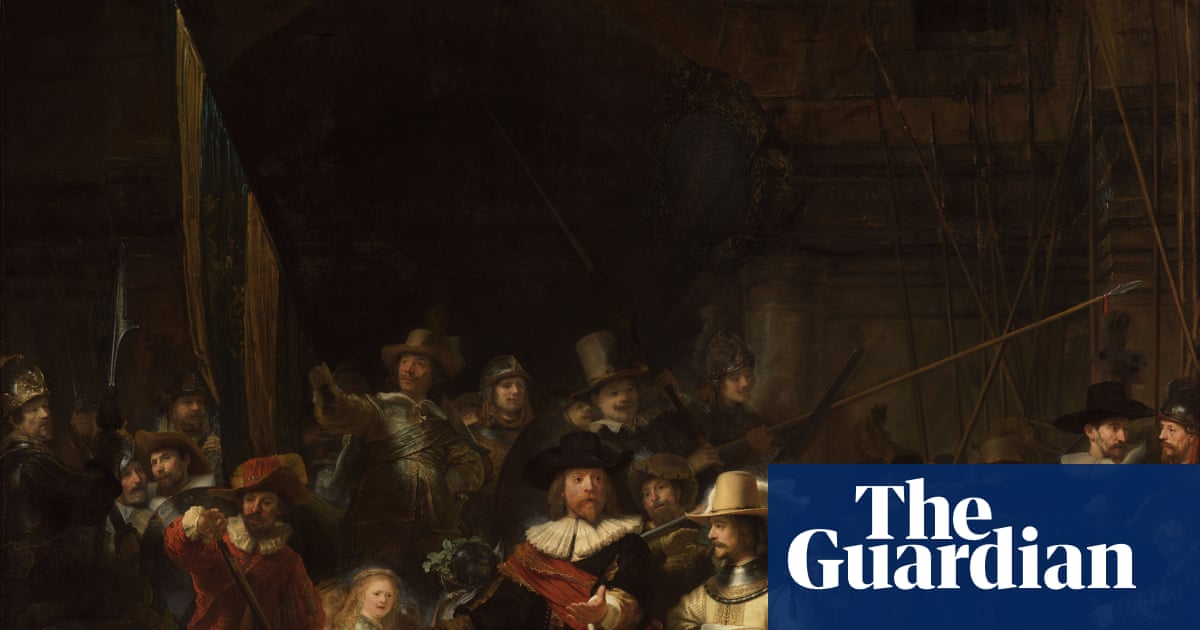
"But when Rembrandt did it, it was emulation a display of his craft, experts have said, as they revealed research pointing to an image inspired by another in one of the Dutch master's most famous paintings. The Night Watch, Rembrandt's 1642 masterpiece showing the citizens of Amsterdam marching out to defend the city, features a barking dog in the right-hand corner that is largely copied from a popular drawing by a lesser-known Dutch artist, it has been claimed."
"You see that in Italian treatises on painting in the 16th century, it really was the intention that you as a starting artist would copy a lot, make it your own, so that you could improve on it and continue the work another artist had left behind, he said. Rembrandt wanted to compete with the Italian masters, Raphael, Titian and Michelangelo. Now, you might call it plagiarising or copying but it really was not in that time it was called emulation."
The Night Watch (1642) includes a barking dog in its right-hand corner that matches a drawing by Adriaen van de Venne used on a title page for Jacob Cats. Curator Anne Lenders identified the source while visiting the Zeeuws Museum. Research indicates the dog image was largely copied from the earlier illustration. Rijksmuseum director Taco Dibbits notes that 17th-century artists often copied earlier works as deliberate emulation and learning, following Italian treatises that encouraged copying to improve technique. Rembrandt drew widely from earlier sources while seeking to compete with Italian masters, and the practice functioned as homage and advancement rather than plagiarism.
Read at www.theguardian.com
Unable to calculate read time
Collection
[
|
...
]